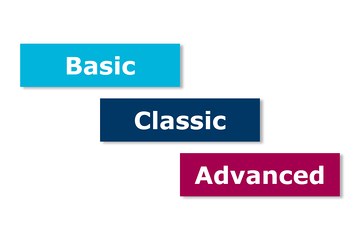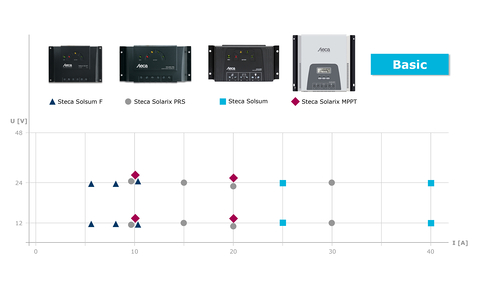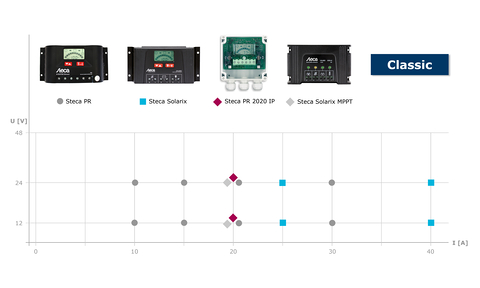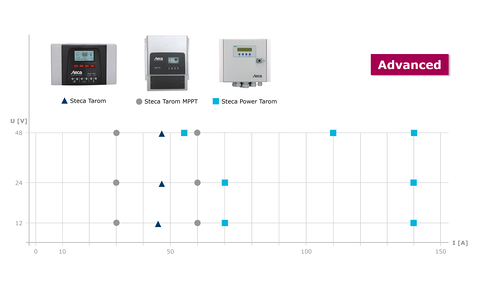Helpful information on solar charge controllers
General recommendations for selecting solar charge controllers

The solar charge controller is the central component of an islanding system. It regulates the energy flow in the entire system and is a key factor in determining its function and service life. It is therefore essential to carefully select a suitable solar charge controller.
The cost share of the solar charge controller measured against the total costs of an islanding system is only 3 to 5%.
But for the system as a whole, it is the most important component. A high-quality and reliable solar charge controller in a higher price range pays for itself very quickly, as it contributes significantly to a long battery life, thereby significantly reducing the overall costs of the system.
The cost share of the solar charge controller measured against the total costs of an islanding system is only 3 to 5%.
But for the system as a whole, it is the most important component. A high-quality and reliable solar charge controller in a higher price range pays for itself very quickly, as it contributes significantly to a long battery life, thereby significantly reducing the overall costs of the system.
Selecting topology

Steca solar charge controllers are available as professional hybrid shunt controllers, as serial charge controllers or as MPP trackers. Depending on the requirements of the application, the appropriate topology should be chosen. Switching charge controllers such as shunt and serial charge controllers can only be used for 12 V systems in conjunction with 36-cell solar modules. In 24 V or 48 V systems, two 36-cell (24 V) or two 72-cell (48 V) solar modules must be connected in series to form a string. Serial charge controllers are well suited for small applications and solar home systems. For larger applications and hybrid systems, shunt controllers are recommended, as they have a lower power loss in the case of charging. Due to their good electromagnetic compatibility, the use of shunt controllers is also recommended for telecommunications applications. A solar charge controller with MPP tracking must be used when solar modules that are not constructed from 36 or 72 cells are used. This includes most solar modules optimised for grid-connected systems and all thin-film modules. The lower the average annual temperature and the more important efficient charging is at low battery charge levels, the more likely it is that an MPP tracker should be used, even if 36-cell standard modules are used.
Design of the solar charge controller

When designing switching charge controllers, the short-circuit current (Isc) of the solar modules is the decisive factor (under STC conditions). Kontron eSystems GmbH generally recommends a generous design for the solar charge controller. The nominal current of the solar charge controller should be approx. 20% above the sum of the short-circuit current of all connected solar modules.
User interface

If the solar charge controller is used in an application where people live with the system, it is important that it has a large LC display that uses symbols to show the operating status. In order to inform users about the system and how to use it, the solar charge controller should be equipped with an integrated energy meter. For purely technical applications, such as night light systems, a solar charge controller with a simple LED display is sufficient.
Cable and construction
To ensure a long service life, it is important to use solid solar charge controllers and to connect them to the battery using short, thick cables. The appliance should always be screwed into a non-flammable wall directly above the battery. It is important that there is enough clearance around the solar charge controller so that it can be sufficiently cooled by the ambient air. In any case, the provisions in the operating instructions must be observed.
Additional functions
In applications with islanding inverters or in hybrid systems, it makes sense to use solar charge controllers with additional functions. A connection option to the islanding inverters for communication and coordination of the devices is a prerequisite for an effective inverter or hybrid system. Furthermore, in hybrid systems, special functions for energy management are key.

